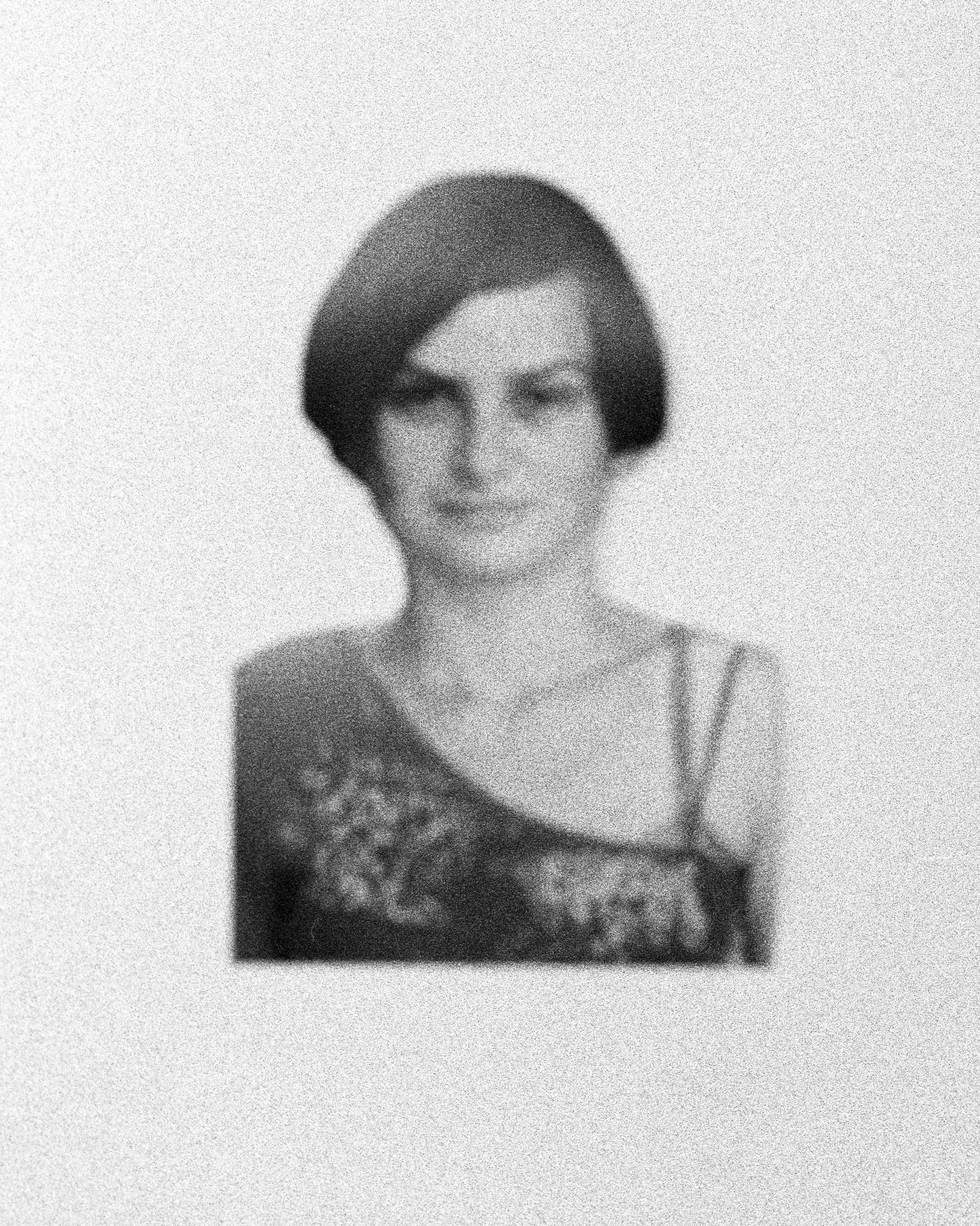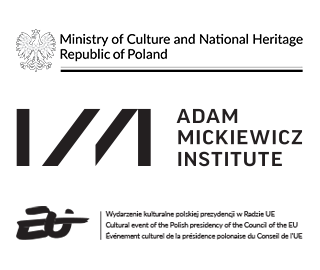From the series Lost © Karolina Jonderko
Repressed under communism, Polish photography burst into new life after 1989 and is now creatively evolving again, says Karolina Ziębińska-Lewandowska, director of the Museum of Warsaw
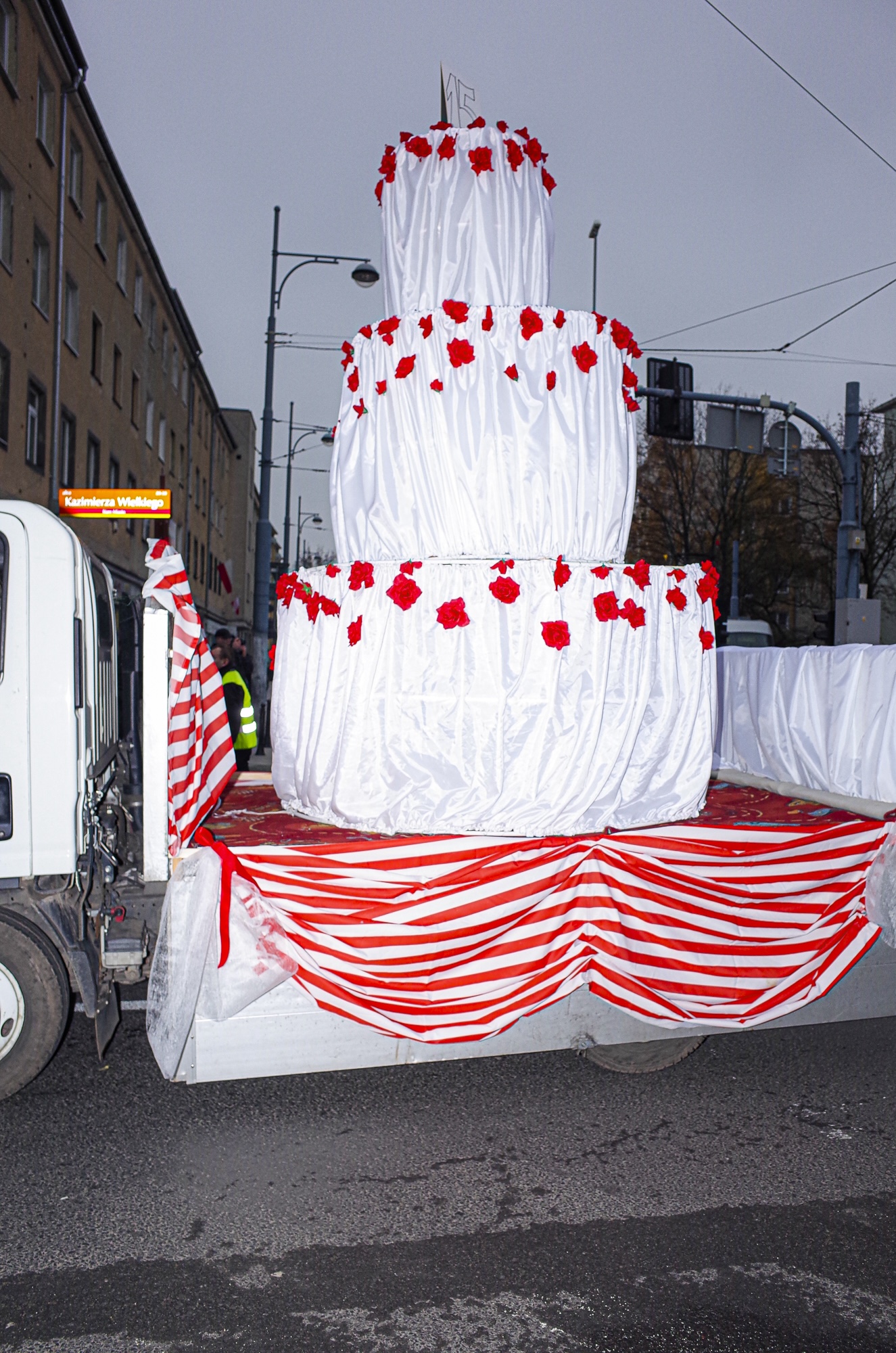
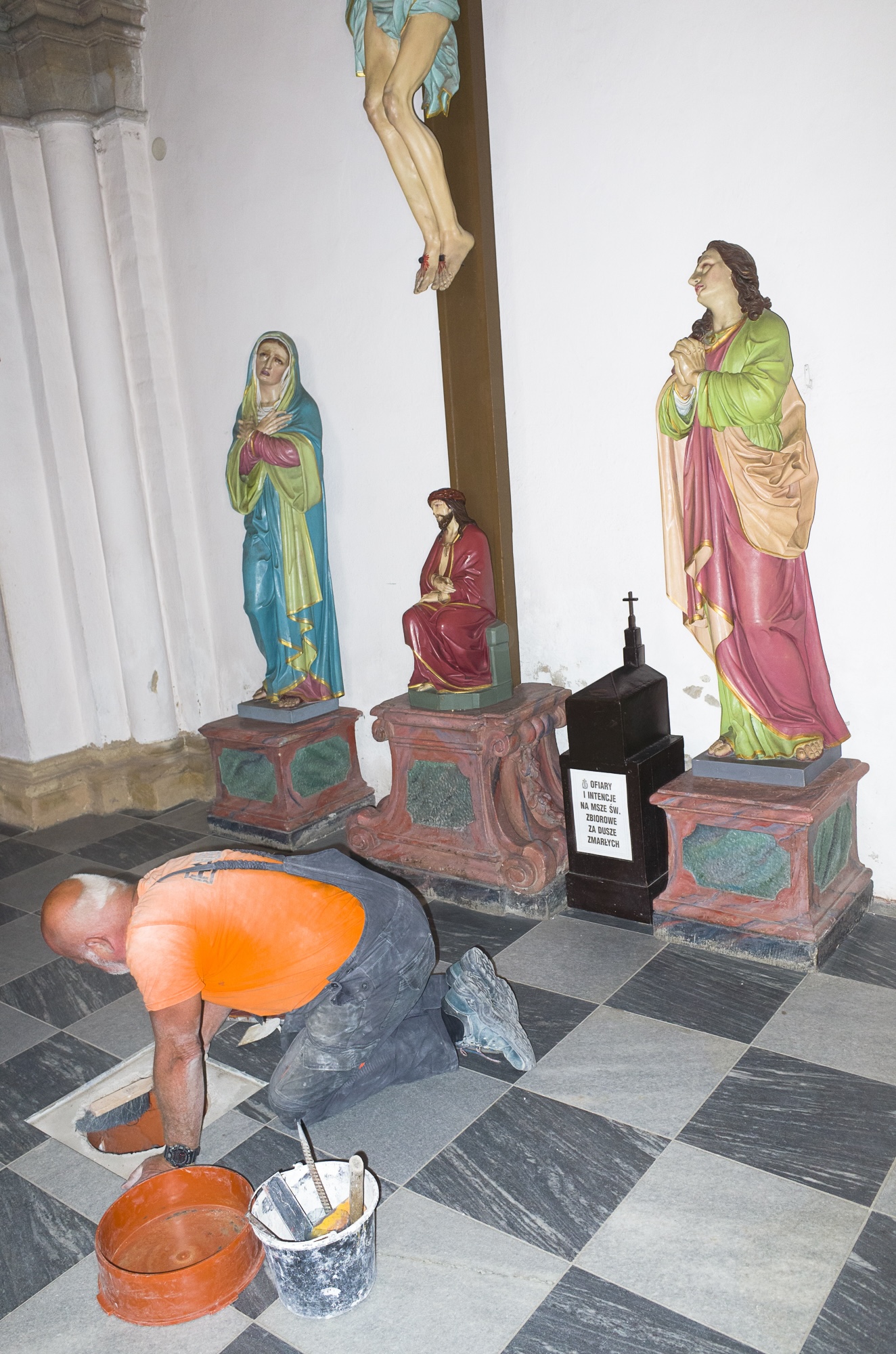
“We have a good photography curriculum in the fine arts academies, strong artistically, historically and theoretically. But in our history of art, photography is still non-existent and always separated, which is completely absurd”
– Ziębińska-Lewandowska
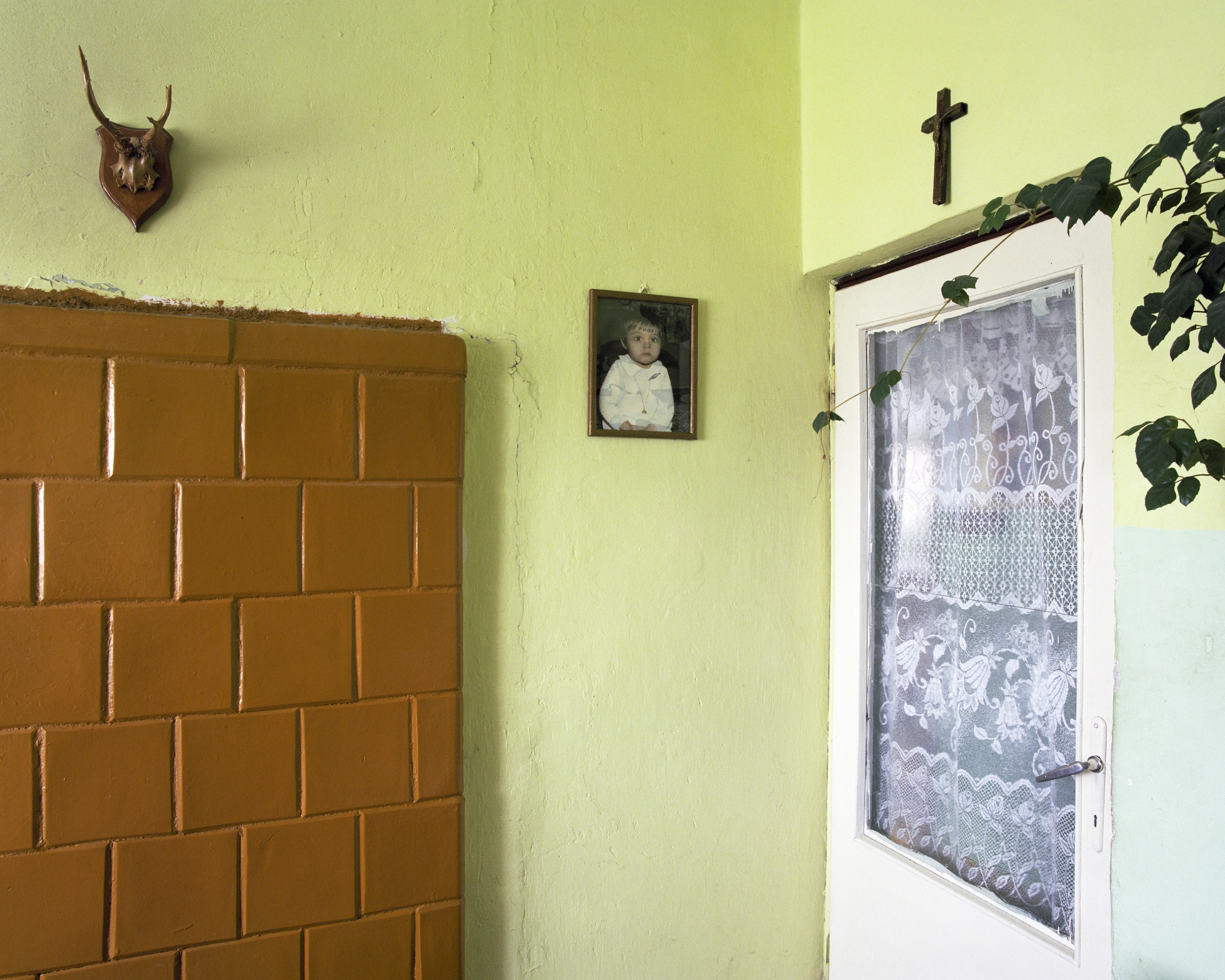
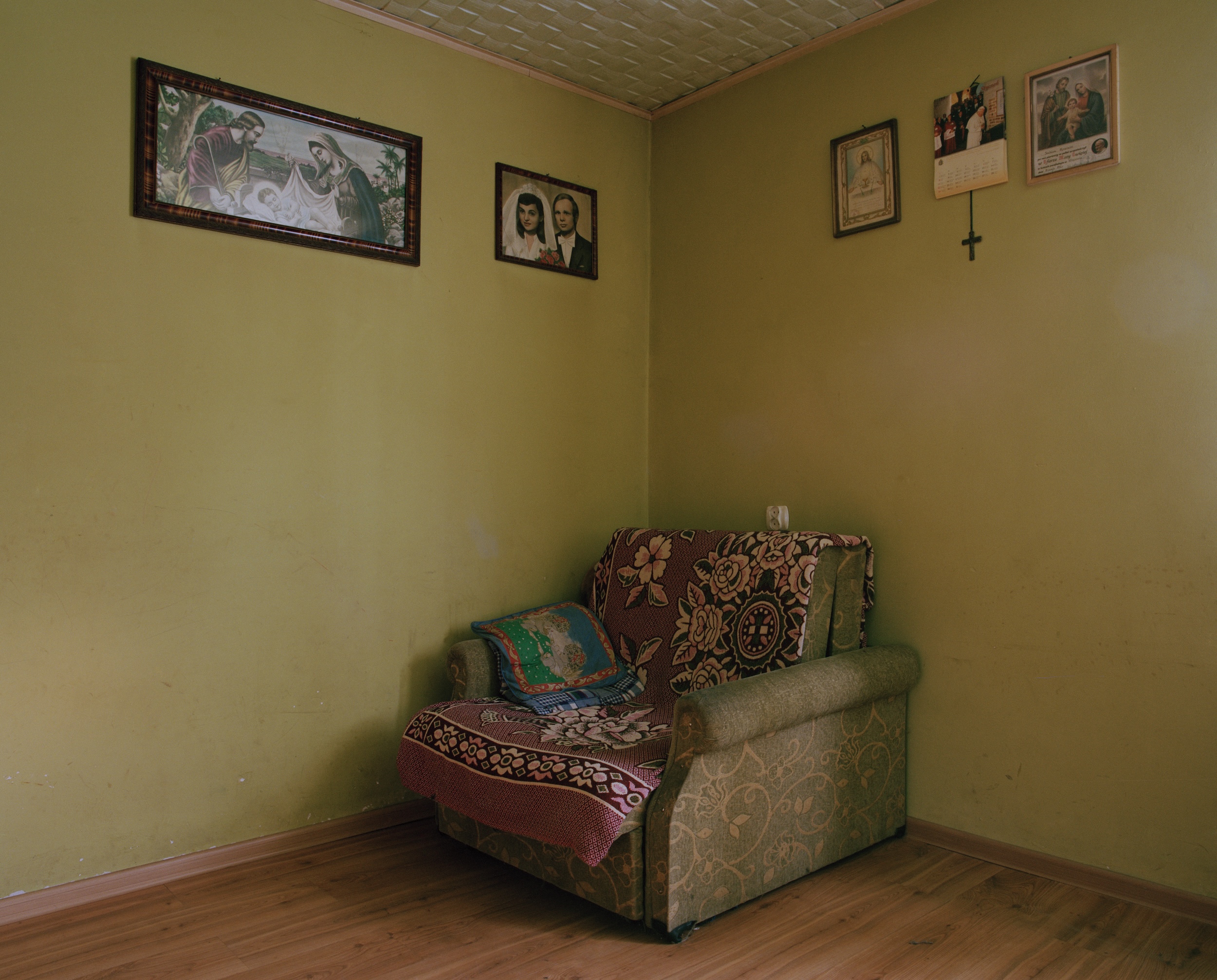
This cohort includes renowned contemporary Polish photographers Rafał Milach and Jan Brykczyński, both of whom are members of the Sputnik Photos collective of image-makers from Central Eastern Europe. Ziębińska-Lewandowska highlights the influence of Sputnik, which launched in 2006 and helped expand notions of documentary photography in Poland and beyond. Since 2015, Sputnik has run an annual mentoring programme, for example, attracting a high calibre of students, predominantly from CEE. “The collective began by wanting to defend its values, but with time it became much more,” says Ziębińska-Lewandowska. “It’s really something. I don’t know of anything comparable to that in any other country, apart from Magnum perhaps. It’s a success story, even if not on a large scale.”
Less successful has been academic research into the history of Polish photography, which remains sorely under-investigated; when it has been studied, she says, that work has been in isolation. “We have a good photography curriculum in the fine arts academies, strong artistically, historically and theoretically. But in our history of art, photography is still non-existent and always separated, which is completely absurd.”
This lack of contextualisation and knowledge means photography is under-appreciated, and the commercial market is therefore under-developed, Ziębińska-Lewandowska adds. “There are very few galleries because the photography market is very narrow,” she explains. “And there is a minimal tradition for collecting photography [privately]. We also suffer from not having editing houses that are able to finance editions of photography books, while in Western Europe there has been a boom in the last 15 years. We have very good designers who are able to put it together, but we don’t have a system to support it.”
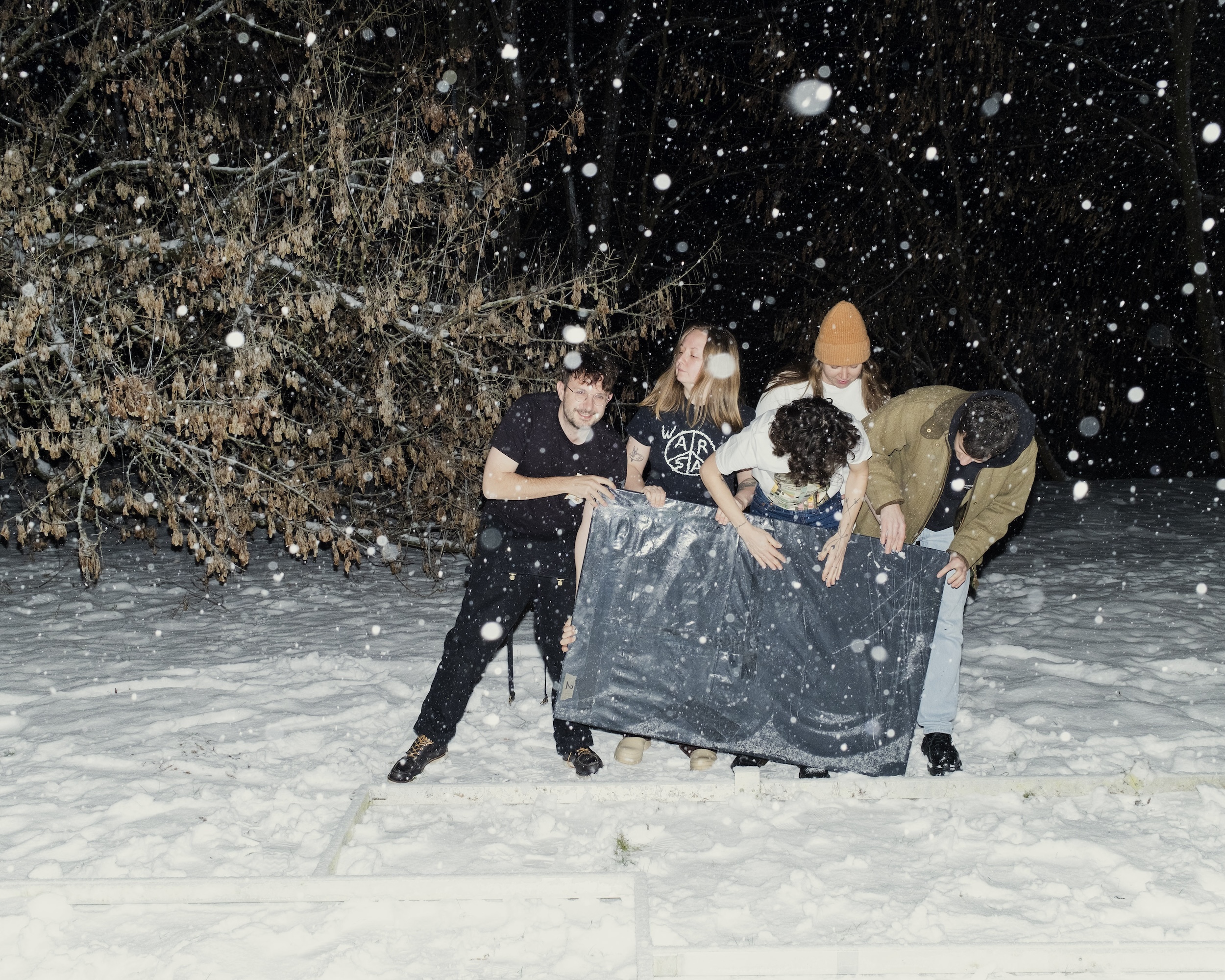
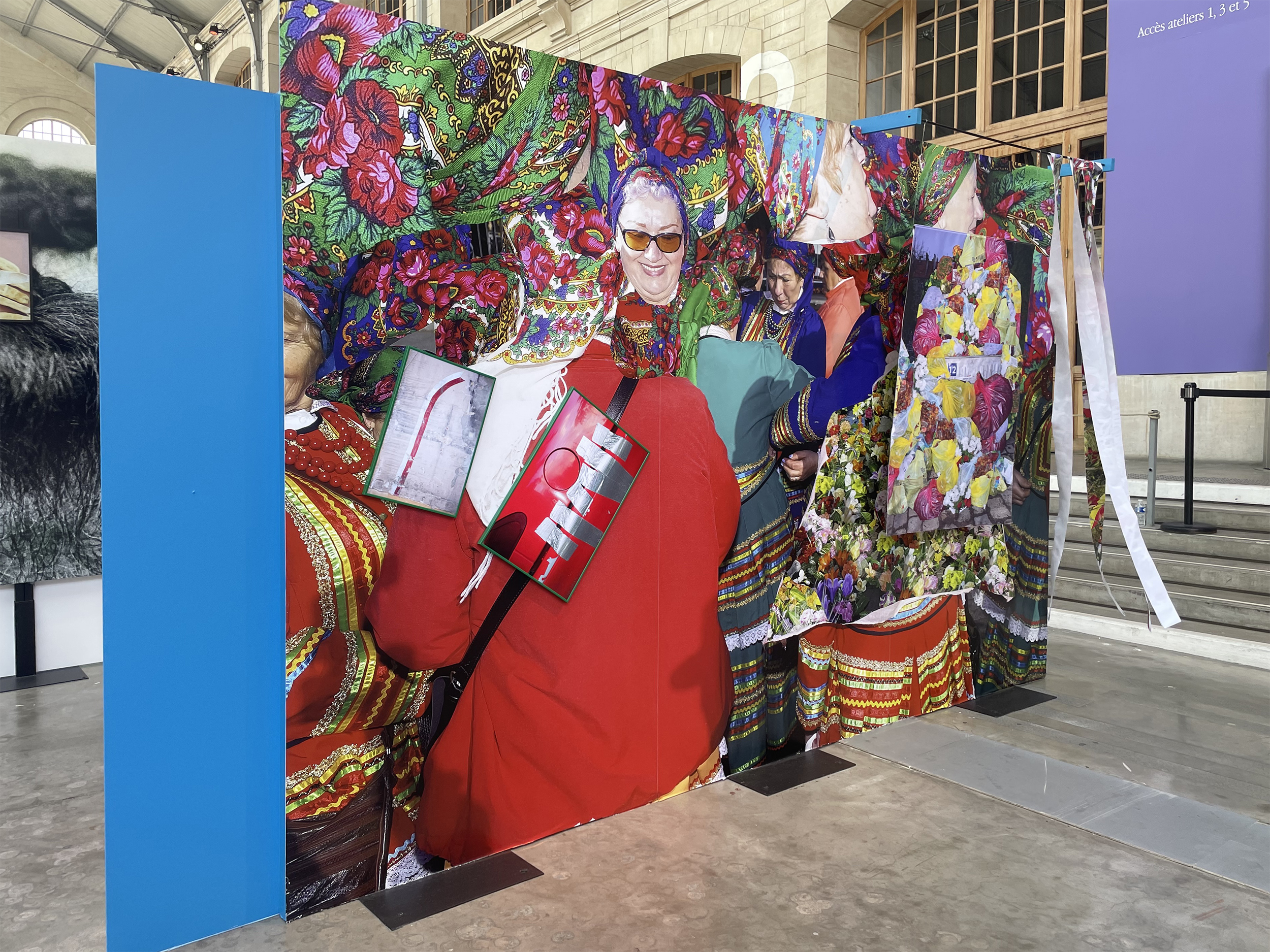
It is tempting to conclude that Polish photography is defined by the country’s history and politics, and that activism, or ruminations on collective memory and national identity still tie it together. The Archive of Public Protests (APP) launched in 2015 “motivated by a duty to archive”, for example, collating images by photographers including Milach, Karolina Gembara, Agata Kubis, Alicja Lesiak, Michał Adamski and Adam Lach, documenting
the anti-government protests of the last decade, while other independent artists, such as Wojciech Grzedzinski, have been recording demonstrations. The APP is just one example of Polish, and indeed CEE photographers, coming together to collaborate on urgent projects that enact social change. Another is UATLAS: A War Migration Record (2022–2024), an online publication authored by Polish and Ukrainian photographers and writers, documenting the stories of the 9.62 million Ukrainians displaced by the Russian invasion in 2022.
But to tie Polish photography too closely to political response would be to do a disservice to the enormous diversity and nuanced themes with which photographers are now engaging. “If I could try to define a kind of ‘red line’ that runs through many projects made by contemporary photographers… there is something of a visual vulnerability and poetry in their work, something extremely sensitive in the use of the image,” says Ziębińska-Lewandowska. “Not in a romantic or pictorialist sense, but in a simple and minimalist way. The visual quality is extremely high, and the storytelling is subtle and subjective.”
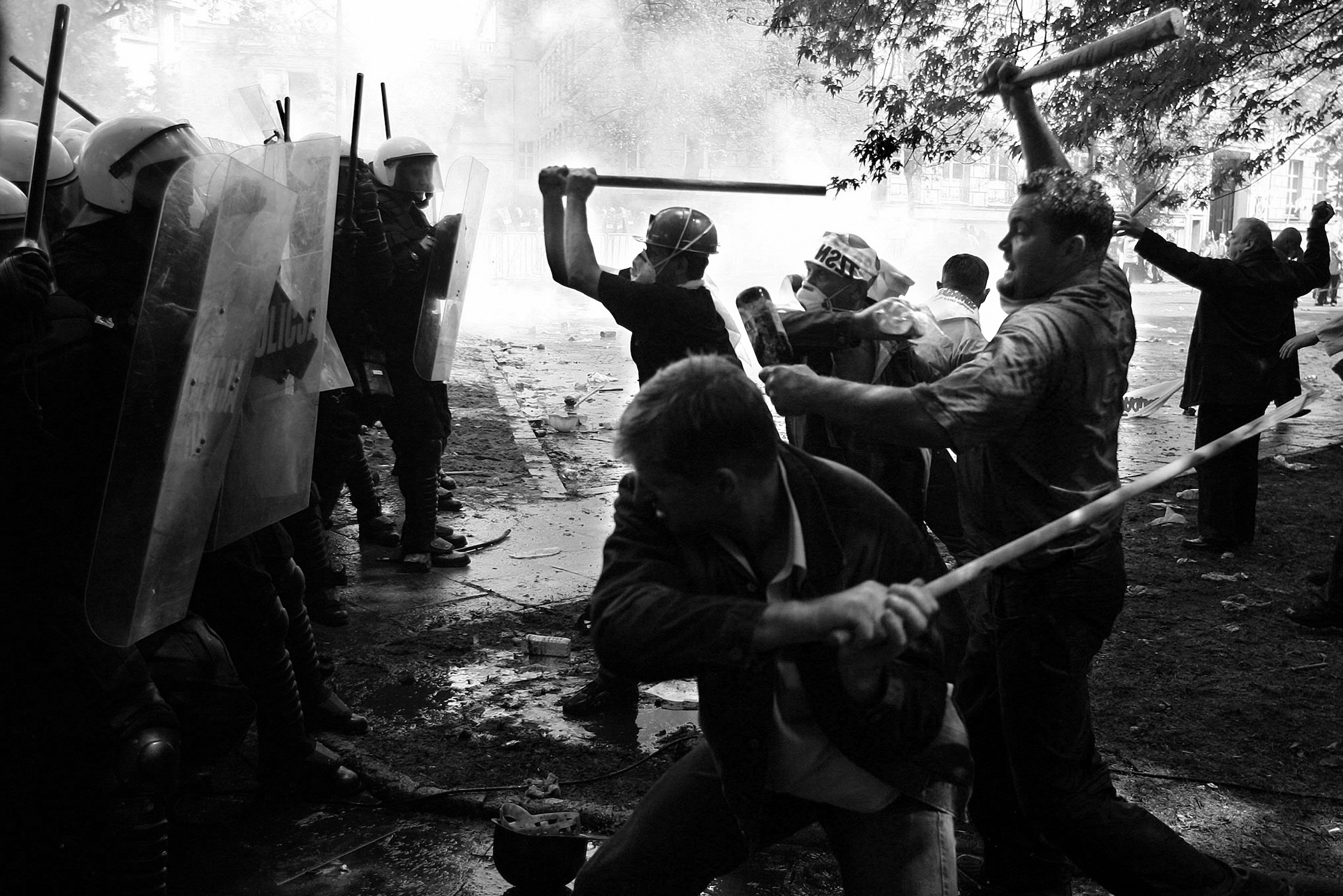
Ziębińska-Lewandowska picks out the “powerful and poetic” work of the Sputnik collective members, the kaleidoscopic work of Agnieszka Sejud, and Karolina Jonderko’s considered storytelling as just a handful in a long list of pertinent names of the moment; the Museum of Warsaw also recently organised a small competition for amateur photographers, and Ziębińska-Lewandowska was impressed by the portfolios submitted. “For some people, studying photography is just not interesting,” she says. “[Their references are] about what surrounds them, the fast pace of life. They don’t want to be trained, it’s something very ephemeral… They might never become professional photographers, it’s very refreshing. It opens the boundaries of photography and allows us to go into a more raw and alternative direction.”
Holding space for history and critical thinking is key, but it is also good to leave room for playfulness and, while contemporary voices build on the strong tradition of documentary and conceptual photography, the scene in Poland is reinventing itself once again. A new generation, new technology, and a rapidly changing world are taking image-making into new dimensions – sometimes, in the innovative installations of Sejud or Marta Zgierska, quite literally.
European Kinship is on show at the Robert Capa Contemporary Photography Center, Budapest, from 12 March 2025.
This article first appeared in a special project of the same name, published alongside BJP Issue 7921 and co-organized with the Robert Capa Contemporary Photography Center, Budapest and with the Adam Mickiewicz Institute as part of the international cultural program of the Polish Presidency of the Council of the European Union, 2025.
The project was co-financed by the Polish Ministry of Culture and National Heritage.

